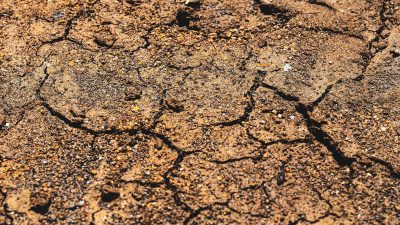The Mariana Trench, the deepest known part of the ocean, holds secrets beyond imagination. From alien-like creatures to extreme underwater conditions, this article explores the mysterious world hidden beneath the waves. Dive into the unknown and discover what lies in the depths of the Pacific Ocean.
Introduction: A World Hidden in the Depths
The vastness of the ocean has always fascinated humankind. While we dream of space exploration, an equally mysterious and largely unexplored world lies beneath us—the Mariana Trench. Located in the western Pacific Ocean, this trench is the deepest natural point on Earth, plunging to depths greater than 36,000 feet. Despite its extreme conditions, life thrives in these dark waters, revealing some of the most bizarre and otherworldly creatures ever discovered.
Let’s embark on a journey into the abyss to uncover the wonders and mysteries lurking in the Mariana Trench.
The Challenger Deep: Earth’s Deepest Point
At the heart of the Mariana Trench lies the Challenger Deep, the lowest known point on the planet, reaching an astonishing 36,037 feet below sea level. To put this into perspective, if Mount Everest (29,029 feet) were placed inside, it would still be submerged by over 7,000 feet of water. The immense pressure at this depth is more than 1,000 times greater than at the surface, making exploration a monumental challenge.
Extreme Life Forms: Creatures of the Abyss
Despite the crushing pressure and complete darkness, the Mariana Trench is home to some of the most extraordinary marine life. These creatures have evolved to survive in one of the most hostile environments on Earth.
1. The Snailfish – The Deepest Living Fish
One of the most fascinating discoveries is the snailfish, which survives at depths of 26,000 feet. This translucent, pinkish fish is so fragile that its body resembles gelatin, yet it withstands pressure equal to 1,600 elephants standing on it.
2. The Barreleye Fish – A Transparent-Headed Predator
The barreleye fish looks like something straight out of a science fiction movie. It has a transparent head with barrel-shaped eyes that can rotate to track prey. This adaptation allows it to survive in the pitch-black environment of the deep sea.
3. Deep-Sea Cucumber – A Creature That Regenerates Itself
The deep-sea cucumber, much larger than its shallow-water relatives, has a unique defence mechanism: when threatened, it expels its internal organs to deter predators. The amazing part? These organs regenerate rapidly.
4. Deep-Sea Anglerfish – A Bizarre Mating Ritual
The anglerfish is famous for its bioluminescent lure, which attracts unsuspecting prey in the dark waters. But what’s even stranger is its mating process—the tiny male permanently fuses to the female, losing his individual identity and becoming nothing more than a living sperm provider.
5. The Predatory Tunicate – A Gelatinous Ambush Hunter
This creature attaches itself to the seafloor, resembling a jellyfish, but is actually more closely related to humans. It waits for small fish to swim into its gaping, hood-like mouth, swallowing them whole.
Mysterious Sounds from the Deep
Scientists have recorded an eerie metallic sound in the Mariana Trench, unlike anything heard before. The noise, known as the “Western Pacific Biotwang”, has a wide frequency range from 38 Hz to 8,000 Hz, making it sound truly alien. While some experts believe the dwarf minke whale is responsible, the fact that the sound is heard year-round, rather than just during mating season, raises questions. Could it be a marine species we have yet to identify—or something even more mysterious?
Hydrothermal Vents and the Champagne Vent
The Mariana Trench is not just home to extreme creatures—it also features extreme environments.
- Hydrothermal Vents: These vents spew out water exceeding 500°F, yet some organisms thrive in these boiling conditions.
- The Champagne Vent: This is the only known underwater location where liquid carbon dioxide flows freely, creating an otherworldly spectacle.
The Future of Mariana Trench Exploration
Despite the incredible discoveries made so far, 95% of the ocean floor remains unmapped. Advancements in deep-sea exploration technology, such as remotely operated vehicles (ROVs) and deep-diving submersibles, may soon reveal even more hidden secrets of the Mariana Trench. What new life forms might be lurking in its depths? Could there be undiscovered ecosystems thriving under extreme conditions? One thing is certain—the ocean still holds mysteries that rival those of outer space.




